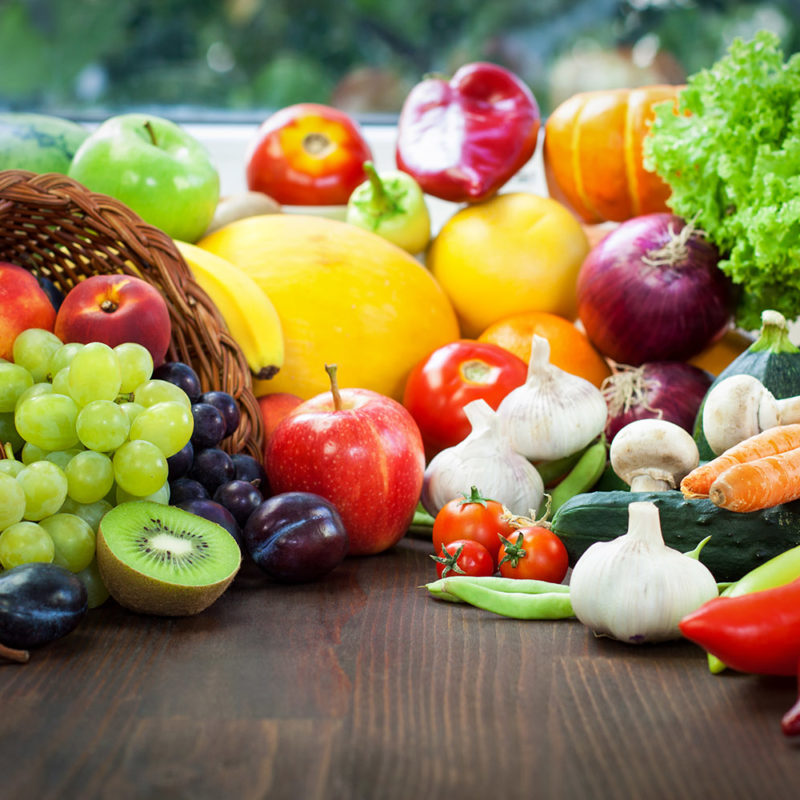We are always happy to hear from gardeners who have jumped on the ‘grow your own’ band wagon. Many first-time veggie gardeners are contacting us to find out what to do with their abundance of tomatoes, squash, carrots and the like.
“What now? “ Time was, you would dig it all up and stuff it in a root cellar. Today of course, we have freezers, refrigerators and some pretty sophisticated methods for preserving fruits and veggies.
What to do with:
Tomatoes: If you still have lots of red tomatoes the answer is simple. Eat what you can and preserve the rest as tomato paste, ‘spaghetti’ sauce or just skin them, bag them and freeze them for future use.
If you wish to ripen the green tomatoes indoors and retrieve them from the plants before the frost gets to them, try this: use old oven racks or some other raised platform, place the green tomatoes on newspaper which is spread over the rack. Good air circulation is important. Place in a cool place. They will ripen in a dark room more slowly than in a bright one, but either work. Place them on the rack(s) with a centimeter or two between each. Turn them every couple of days and inspect for rot or mildew. Toss the infected ones onto the compost. We know people that have eaten tomatoes stored this way right into the first week of January.
Peppers: Harvest ripe peppers before they are hit by first frost. Wash in cool water and place in boiling water for 5 minutes. Remove the peppers from the boiling water and allow them to cool for 1 minute. Next wrap the peppers in plastic wrap and store in the freezer. Peppers will last up to 30 days with this storage method.
Winter Squash: Store only fully matured squash. Harvest before the first frost. Leave 3” of the stem attached. Keep the squash in a warm, dry and ventilated area for 2 weeks. Once the squash has cured you can move it into cool storage. The ideal storage is a cold room around 50-55 degrees. Store squash on racks so they don’t touch. Well-cured, fully-ripe squash will keep until late February.
Potatoes: Store potatoes in an unheated basement or garage insulated to protect against freezing. The best location for home storage is cool, dark and ventilated. Perforated plastic bags can be used to maintain humidity levels while allowing air flow.
Carrots: One option is to leave carrots in the ground and cover them with an unopened bale of straw for the winter. As you need them for cooking, pull the straw back and dig the fresh carrots out of the ground right up until the very hard frost of late December or January. Alternatively, you can dig up all of your carrots and ‘replant’ them into bushel baskets filled with sharp sand. Keep the carrot tops intact as the root loses much of its nutrients shortly after the top is cut off. Place the baskets in your garage, preferably against the wall that is attached to your house where the temp is about 5 degrees warmer. You will be ‘pulling’ fresh carrots all winter long.
Apples: Harvest apples carefully to avoid bruises which will prevent them from keeping well. Late season apples are the best for storing. Harvest before the first heavy frost. Store apples in the dark in shallow trays of shredded newsprint. The temperature should be cool but not frosty. An unheated basement or garage can be an ideal storage location as long as they are free from rodents.
Keep in mind that some veggies actually improve in flavour with frost. Leeks, kale, Brussels sprouts and cabbage fall into this category.
For more information and to answer over 10,000 gardening questions, visit www.markcullen.com and sign up for Mark and Ben’s free monthly newsletter.
Photo from: www.scholastic.com


